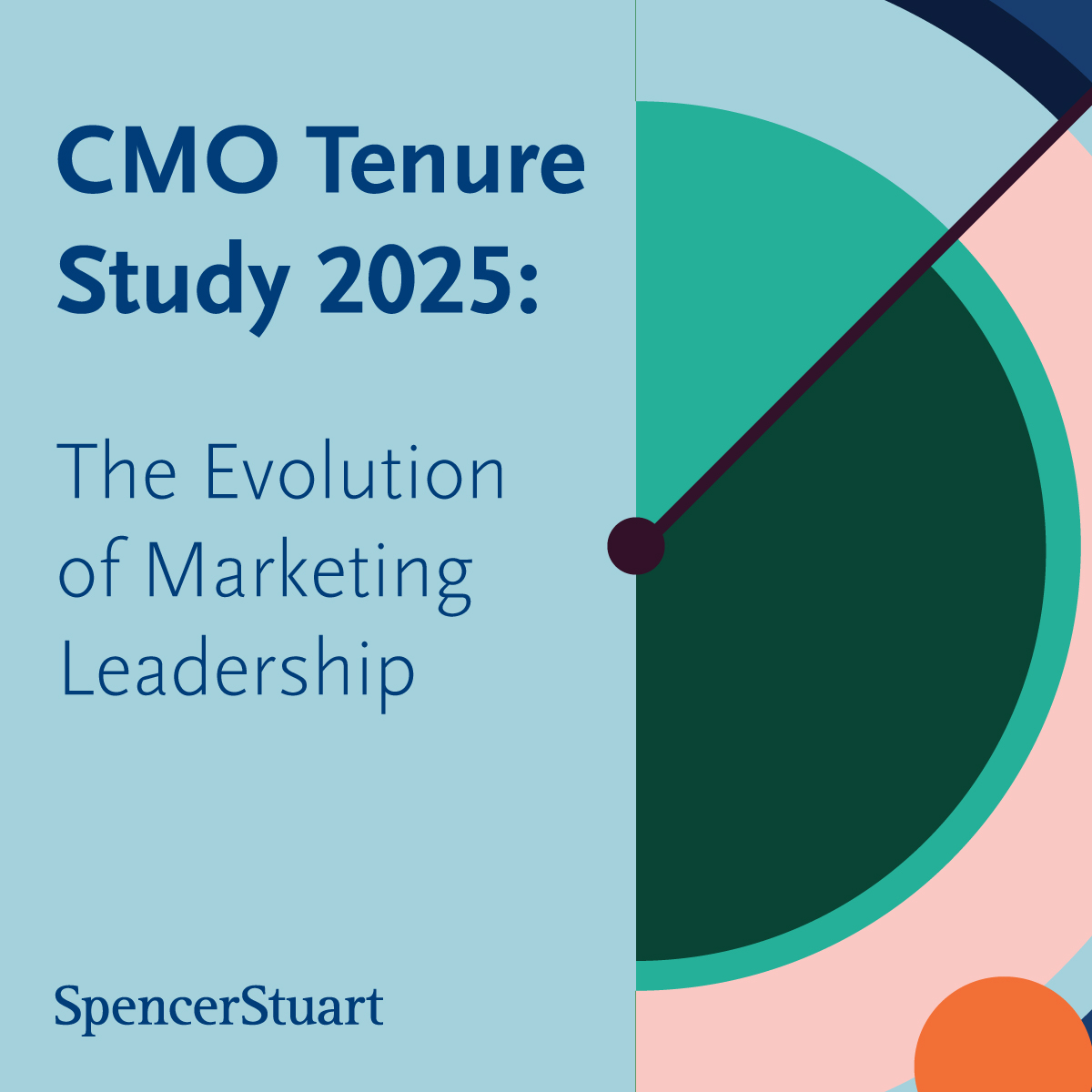What Does a Fractional CMO Do?
A fractional CMO brings strategic marketing leadership—without the full-time hire. Learn how this focused role drives brand, sales, and growth outcomes, especially in companies that need impact fast but can’t wait for a long CMO search.

What does a Fractional CMO do? By Remco Livain
Marketing leadership has changed dramatically in the last decade. Gone are the days where a CMO simply ran campaigns and managed collateral. Today, expectations are vast—and CMOs often leave under pressure. Average CMO tenure at Fortune 500 companies is just 4.3 years, lagging behind the broader C‑suite average of 4.9 years . Many boards now prefer chief growth officers (CGOs) who blend marketing, sales, and product focus for tangible revenue outcomes .
A fractional CMO addresses all of this—but without the constraints of a full-time role.
Strategy Meets Sales-Minded Execution
A fractional CMO recalibrates the marketing function to align with commercial goals. They:
- Craft positioning, brand, & customer experience strategies
- Translate positioning into lead gen, pipeline, and ROI plans
- Build frameworks that integrate marketing, sales, and product
- Measure effectiveness pragmatically—balancing brand and growth
They don’t just advise—they lead the execution of high-leverage, revenue-focused initiatives, often within a part-time retainer model.
Real-World Responsibilities
In a typical 1–4 days/week fractional CMO role, here’s how time might be spent:
Focus Area | Activities |
|---|---|
Diagnostics & Strategy | Audit brand/messaging, funnel performance, positioning, GTM approach |
Activation | Implement campaigns, streamline CRM, align sales & marketing efforts |
Coaching | Train internal teams and agencies; embed best-practice workflows |
Reporting | Set key metrics (LTV, CAC, pipeline velocity), review bi-weekly/monthly |
Scaling | Identify growth levers, pilots, and scalable repeatable programs |
This hands-on, prioritized model helps companies escape noise and focus on impactful growth—whether or not a traditional CMO would fit the bill.
Why Fractional Makes Sense Today
In recent years, many organizations have shifted to CGOs to centralize growth across multiple functions . This reflects two truths:
- Traditional CMO roles became unwieldy—managing everything from branding to operations, tech stacks to product marketing. Many CMOs blame job design—not performance—when stepping down .
- Companies rightly want senior leadership who can drive as well as guide. A fractional CMO delivers that—without the salary or long ramp time of a full-time hire.
Fast Impact, Sustainable Outcomes
One of the strengths of fractional leadership is speed. Unlike full-time CMOs, fractional CMOs start producing value quickly—thanks to clarity and commercial urgency. Most engagements show recognizable forward movement in 4–8 weeks.
Because the role is scoped and focused, fractional CMOs can course-correct quickly, align resources effectively, and embed systems that survive beyond their engagement.
Who Needs a Fractional CMO?
- Companies unable to justify a full-time CMO but needing high-level marketing leadership
- Teams stalling on GTM, brand relaunches, or scaling campaigns
- Businesses preparing to fundraise, sell, or enter new markets
- Organizations that want growth—but want to avoid “diluted” leadership investment
A fractional CMO brings clarity, momentum, and revenue impact—without bloating the c-suite.
My Take
Yes, today’s CMOs face more pressure and shorter tenure. But that doesn’t mean marketing leadership has gone extinct—it means it must evolve.
A fractional CMO bridges the gap: providing senior-level marketing strategy, sales-integrated execution, and measurable growth outcomes, all in an efficient, part-time engagement.
If you care about driving revenue—and need leadership to guide that charge—a fractional CMO is tailor-made for your stage and your budget.
Written by Remco Livain
Fractional CMO & Growth Strategist | Aligning marketing to revenue, part-time
References:








